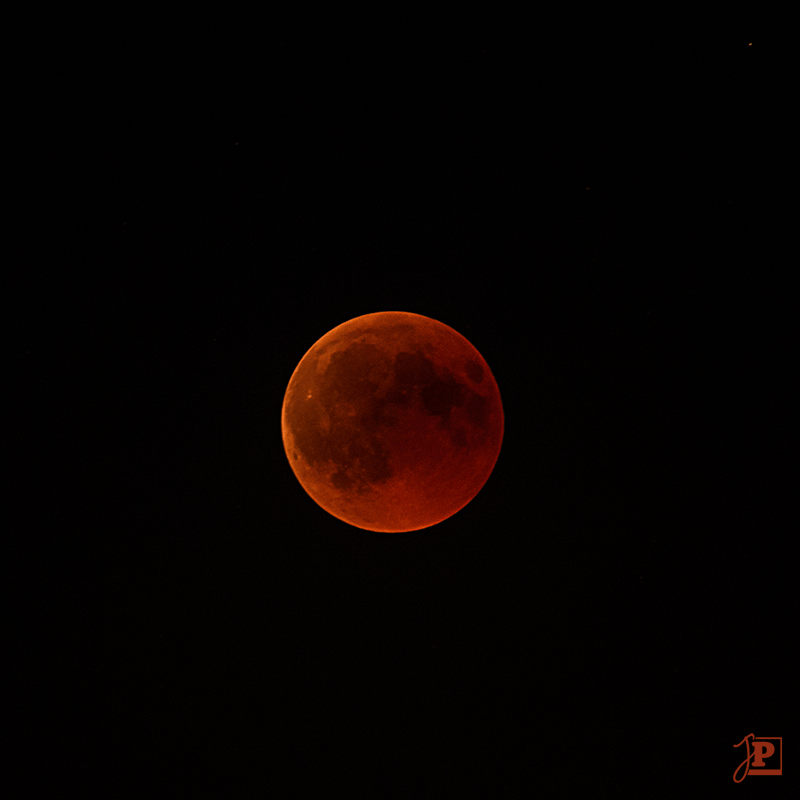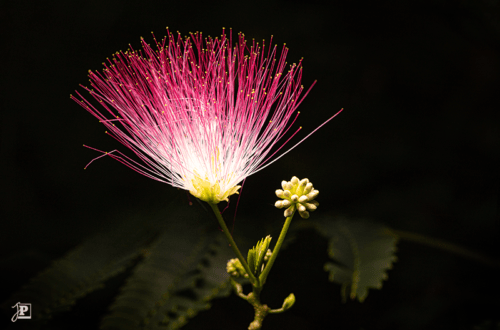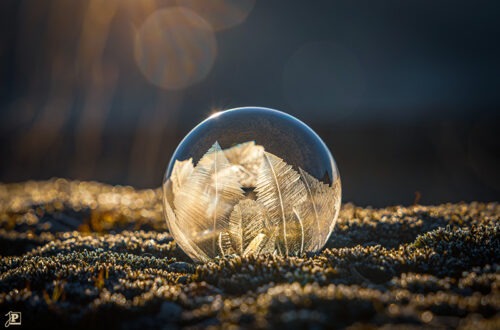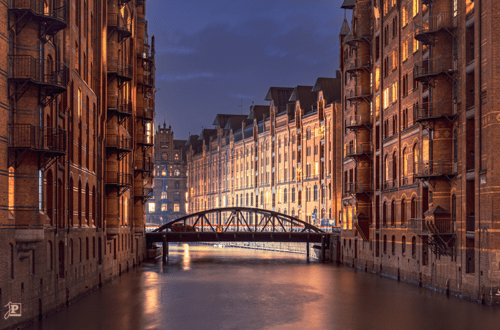Total Eclipse of the Moon
The moon shines bright and the stars give a light… Or not, as in this particular case. Because on 27 July 2018, there was the longest lunar eclipse of the 21st century – and the prospect of clear skies. This was an opportunity not to be missed.
Photographing the moon
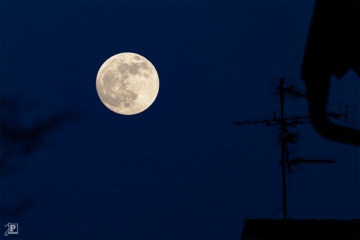
In fact, it’s not that hard to take pictures of the moon. Especially on the nights around full moon, the satellite is so bright that you don’t even need a tripod. On the contrary, you have to be careful not to overexpose the moon.
Thus, either choose “spot metering” in the exposure settings, or even better, configure the camera manually. As for settings to start with, take about the same values as if you wanted to capture a stone in the sunshine – because the moon is nothing else. 1/200th of a second at ƒ/8 and ISO 100 are good initial values, which you can then adjust to the respective conditions and your own taste.
I like to photograph the moon at twilight, because there is still some blue left in the sky, and it doesn’t just look black. This also allows to include some foreground silhouettes. Since you have to underexpose the moon to see all the details, the sky will always appear darker in the photo than it apparently was when you took the image.
To capture the details on the lunar surface, two things help. The obvious one is a telephoto lens with as long a focal length as possible. The second is to take not just one photo, but as many as possible. After deleting all the out-of-focus images from the series, use software such as RegiStax or Autostakkert to layer the individual frames and combine them into one sharp photo. This requires some patience as well as trial and error, but there are many good tutorials on the Internet.
Lunar eclipse
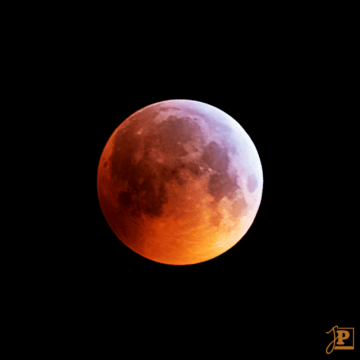
A lunar eclipse is always something special, even if it is quite common compared to a solar eclipse. Because the earth’s atmosphere scatters the blue part of the sunlight, the moon does not disappear completely in the shadow, but shines in a dull orange like the sky in the evening red.
The further it disappears into the Earth’s umbra, the deeper the red becomes, which is where the name “blood moon” comes from. If the lunar eclipse is only partial, a beautiful color gradient from white to orange results. That the earth’s shadow has no hard edge is also an effect of the atmosphere.
From a photographic point of view, however, a lunar eclipse offers a challenge, which is already in the name. Since the moon obviously is a lot darker when in the shadow of the earth, the camera settings mentioned above no longer apply.
In addition, the moon moves relatively fast, so that you cannot compensate the missing light simply by longer shutter speeds, particularly if you use a telephoto lens with long focal length. In this case, using a tripod is strongly advised. The ISO value should also not be too high, otherwise you will lose the details on the lunar surface. So, compromises are needed. With the photo of the partial eclipse I succeeded only partially, as the moon looks blurred.
When the great lunar eclipse was due in July 2018, I went to the Feldberg in the Taunus to escape the light pollution of the Rhine-Main area as far as possible. Many hundreds of people were gathered there to watch the spectacle with their cameras, binoculars, full-blown telescopes or simply with the naked eye. At the beginning, the moon was still hiding behind a layer of haze above the horizon, but when finally, a faint red spot could be seen in the sky, a murmur went through the crowd.
The result
I have to admit, I was surprised how dark the moon was that night. I tried quite a few settings and checked each result, as best I could, on the camera display. Unfortunately, the widest aperture on my telephoto lens is ƒ/5.6, so ISO 800 at 1.3 seconds exposure seemed to be the best compromise. I then took a lot of pictures with these settings in continuous shooting mode.
This was followed by a lot of post-processing on the computer, where I used Lightroom, Photoshop and Registax to combine the individual images into a final photo, in order to remove image noise and to get the maximum detail.
